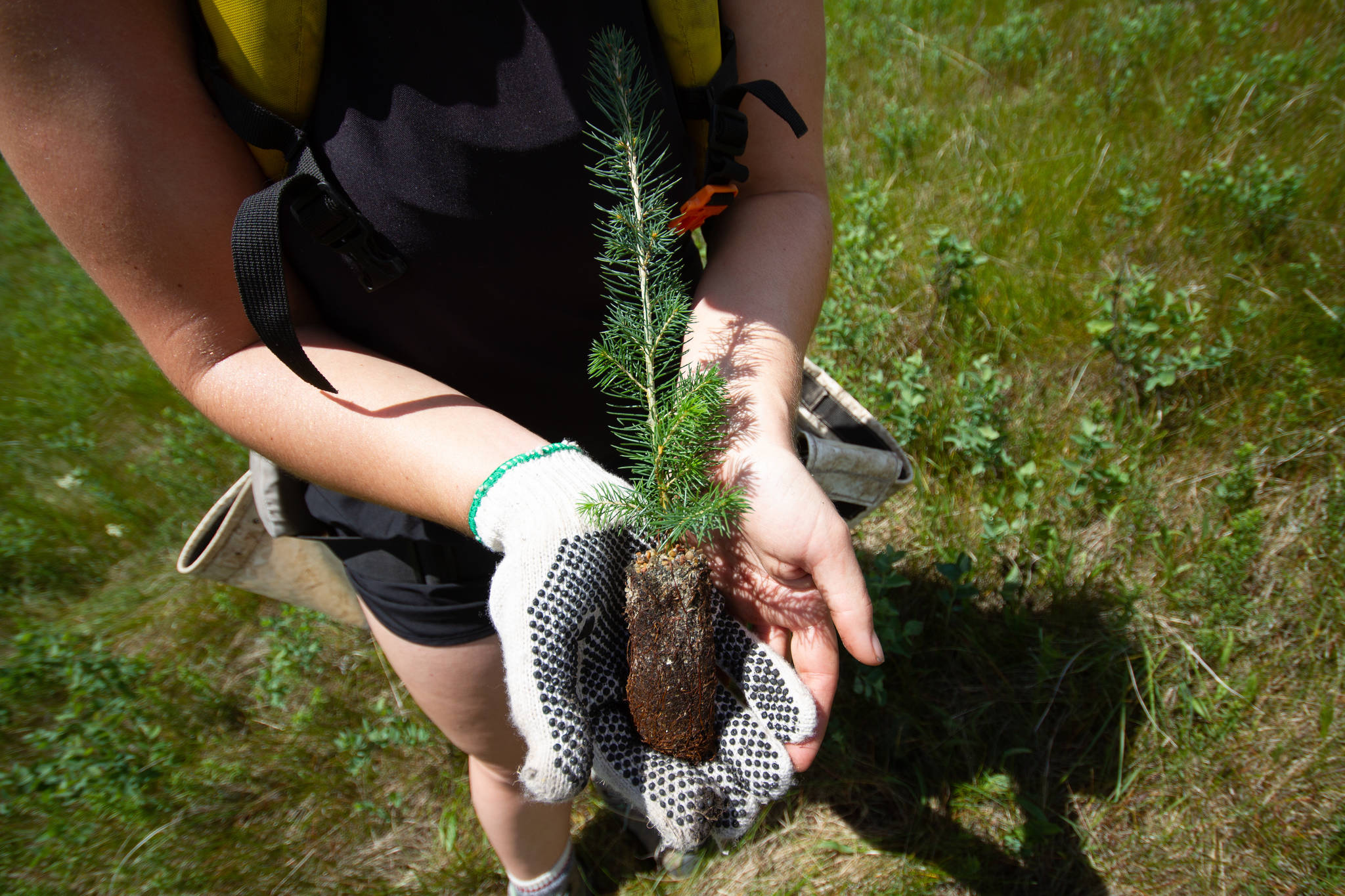A stark realization regarding the health of the Blindman River after an Alberta Environment commissioned study has many people looking for ways to improve the river and its ecosystem.
The study, which was a province-wide look into the health of river systems across Alberta, was commissioned after severe flooding devastated much of the Calgary region in 2013.
The results of the study showed that the Blindman River is in rough shape.
“The study shows the Blindman River is the most severely impacted river in the province of Alberta,” Agroforestry and Woodlot Extension Society (AWES) Executive Director Noel St Jean said.
“A lot of it is sediment influx; a lot of it is chemical influx and a lot of it is from removing vegetation, which changes the temperature of the river.
“It raises the temperature and it reduces the species of fish that can survive in the river.”
In light of the study, the AWES held an open house at the Abbey Centre in Blackfalds to gauge public interest in the Blindman River Restoration Project.
“It started as an initiative between AWES and a landowner looking to make a difference on the river,” St Jean said.
“The biggest difference we want to make is to try to re-vegetate the river to get it back to having a natural vegetation buffer on either side.”
While there are parts of the river that do have vegetation buffer zones, much have it has been cleared for mostly man-made use. This has meant that sediment and chemicals have made their way into the river.
The lack of buffer zone has also led to uncontrolled surface flow. The return of vegetation would help reduce flooding in the future.
Improving water quality would also be an ultimate goal of the restoration.
“The river could go back to being clean water, rather than the muddy, silty water we are seeing,” St Jean said, adding that cold water fish like pickerel could also return to the river system.
As mentioned, the purpose of the open house was to gauge public interest in restoration work — which requires a lot of volunteer hours and funding.
“We are hoping to have 20 to 30 metres buffer of vegetation on either side of the river that has a variety of trees and shrubs to provide that cover,” St Jean said.
“Larger trees provide shade and smaller plants provide a filtering effect, which reduces sediment and chemicals going into the river.”
St. Jean added that another huge part of the restoration will be working with farmers to find water sources for their livestock other than the river.
“We want to exclude cattle as much as possible by working with landowners to find alternate water supplies,” he said.
A far as cost goes, AWES has guaranteed funding until 2021 which would allow for health assessments and tree planting on about 10 quarter sections of land. The total length of the river is about 33 km, which would cost in the “millions” of dollars to be entirely restored.
“Ideally we could be treating 40 to 50 per cent of that, providing the money is there. The money we have now wouldn’t get us anywhere near there,” St. Jean said.
Despite financial challenges, AWES has already started work this year with planting and health assessments on two quarter sections of land.
“We planted 3,900 seedlings on part of that parcel. Going forward, we would like to increase to around four health assessments per year — which is four quarter sections. We are hoping to do 12,000 seedlings next year,” he said.
AWES is planning to have another workshop with the community in November in the Bentley area and is in the works of planning another one in early 2019 in the Rimbey area.
More information can be fond at awes-ab.ca.
“I would like to get 20 to 30 people from the public out as a target,” St. Jean said.
“In the long run, we hope to improve the water quality to get it to be a clear running stream with a fish population along with other species. We also hope to improve the separation between human activity and the natural environment.”



